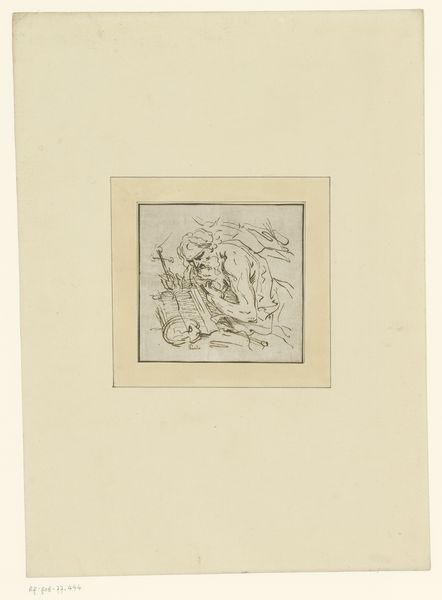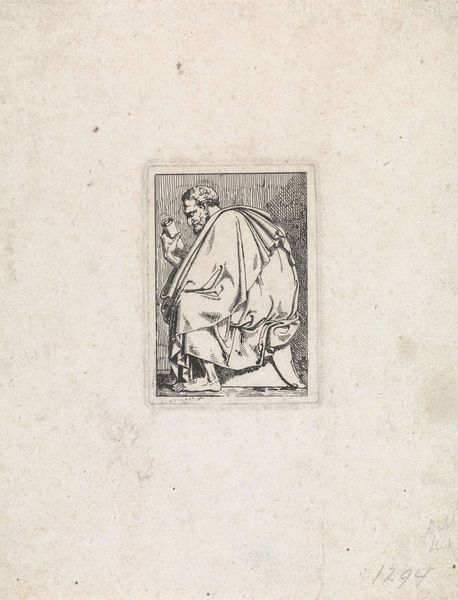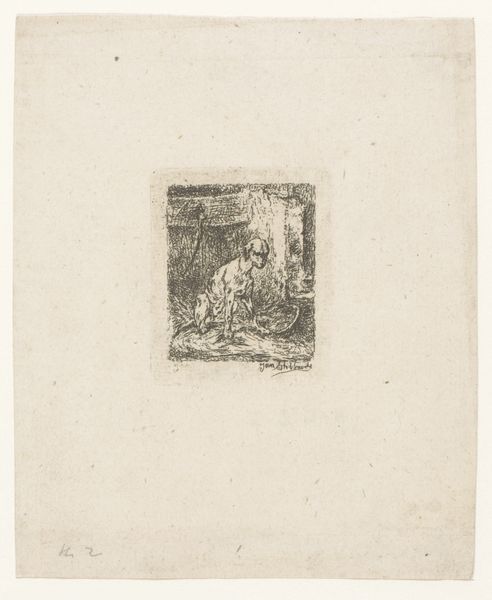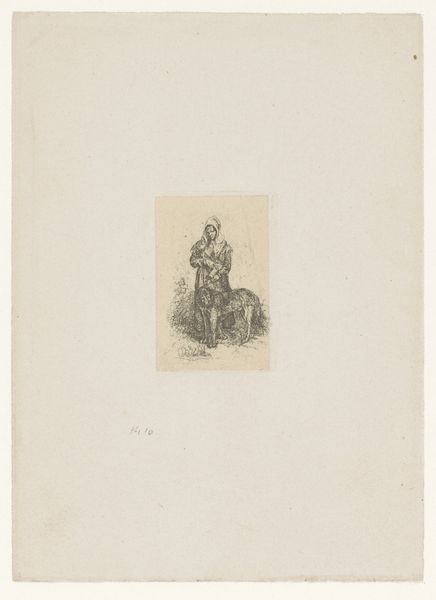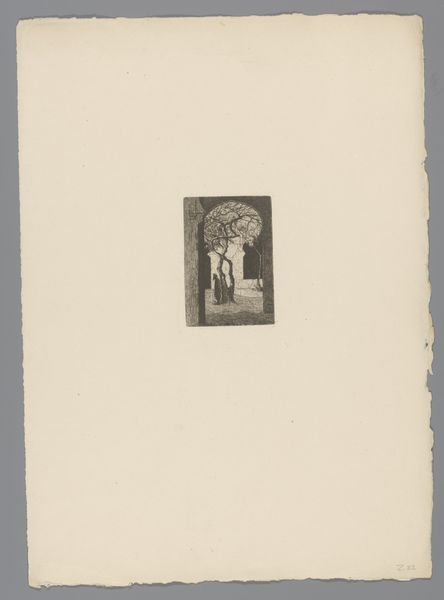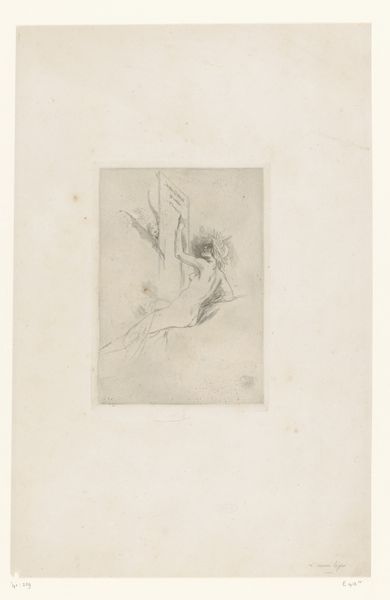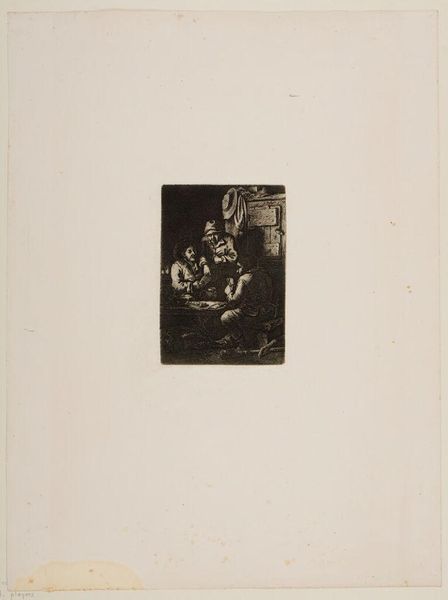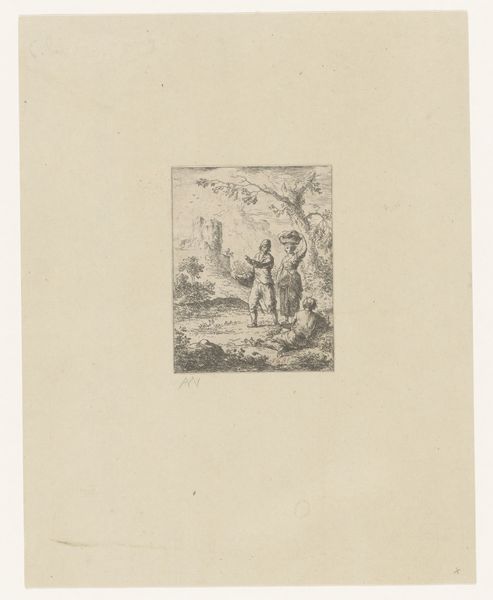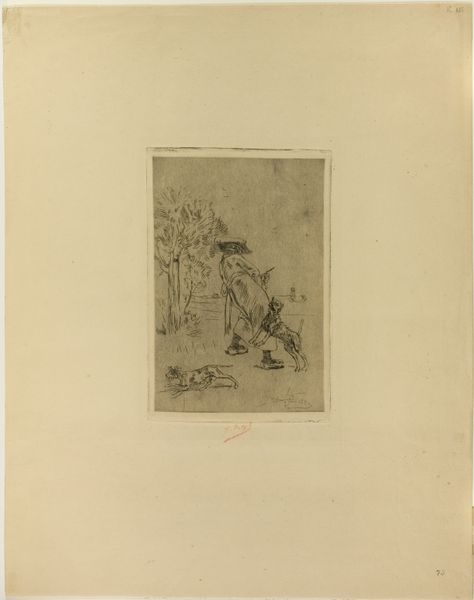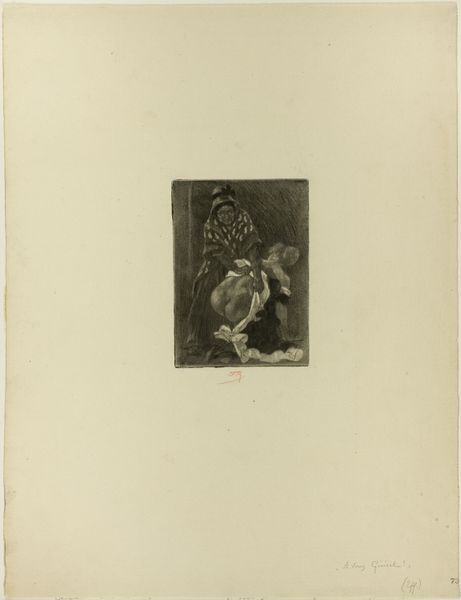
Portrait of Louis XVI, Marie Antoinette and The Dauphin 1791
0:00
0:00
drawing, print, etching, engraving
#
portrait
#
drawing
# print
#
etching
#
figuration
#
line
#
history-painting
#
engraving
Dimensions: Sheet: 7 1/16 × 5 3/16 in. (18 × 13.2 cm) Plate: 4 13/16 × 3 11/16 in. (12.2 × 9.3 cm)
Copyright: Public Domain
Curator: This engraving from 1791 by Augustin de Saint-Aubin is titled "Portrait of Louis XVI, Marie Antoinette and The Dauphin" and it is currently housed at the Metropolitan Museum of Art. Editor: My first impression is one of fragility. The line work is so delicate, so precise. It gives the royal family a somewhat ghostly presence. Curator: The choice of etching and engraving are particularly relevant, I think. Printmaking allowed for the mass production of imagery, facilitating the dissemination of royal portraits throughout society. These prints became powerful tools in shaping public perception. Editor: Absolutely. And look at the visual language here: the profiles are presented in a neat row. Consider the symbolism. It speaks volumes about the desired image of familial harmony and dynastic succession they wish to project. Note how each is visually connected, like a string of pearls. Curator: And if we look closer at the material choices, the quality of the paper and ink, they would vary greatly depending on where and for whom the print was produced. The materials are integral to the political and social role of this image at a turbulent historical moment. Was it cheap enough for the average citizen to acquire and perhaps even mock? Editor: It makes you wonder how an artisan who created this saw the royals while they created this piece? Look at the faces – their serene expressions juxtaposed against the backdrop of rising social unrest. Curator: Exactly. The printmaking process involved intense labor. The economic disparities that spurred revolution were built into the artwork's production, so it presents such tension. Editor: What resonates for me is that it offers a frozen glimpse into a dynasty about to crumble, its inherent pathos is hard to ignore. It's more than just a portrait; it’s a visual epitaph. Curator: Yes, understanding the production helps us see this image beyond representation and symbolism. Editor: Seeing the work from these distinct points helps me understand the period on a deeper level. Curator: It's really compelling when considering both how imagery and production intersect!
Comments
No comments
Be the first to comment and join the conversation on the ultimate creative platform.

